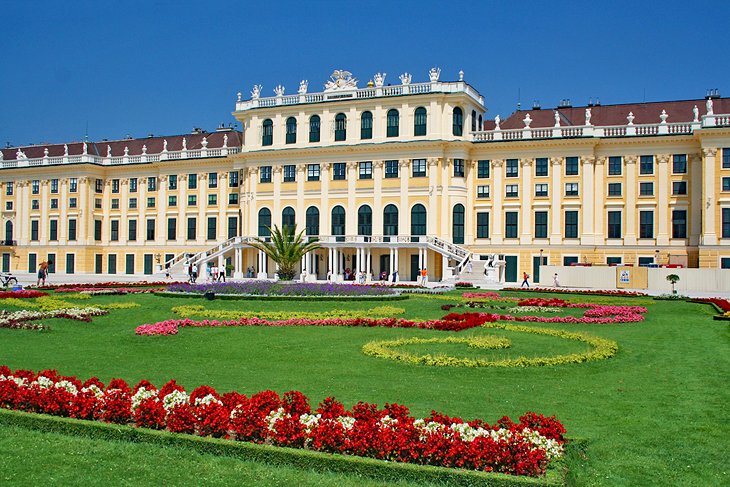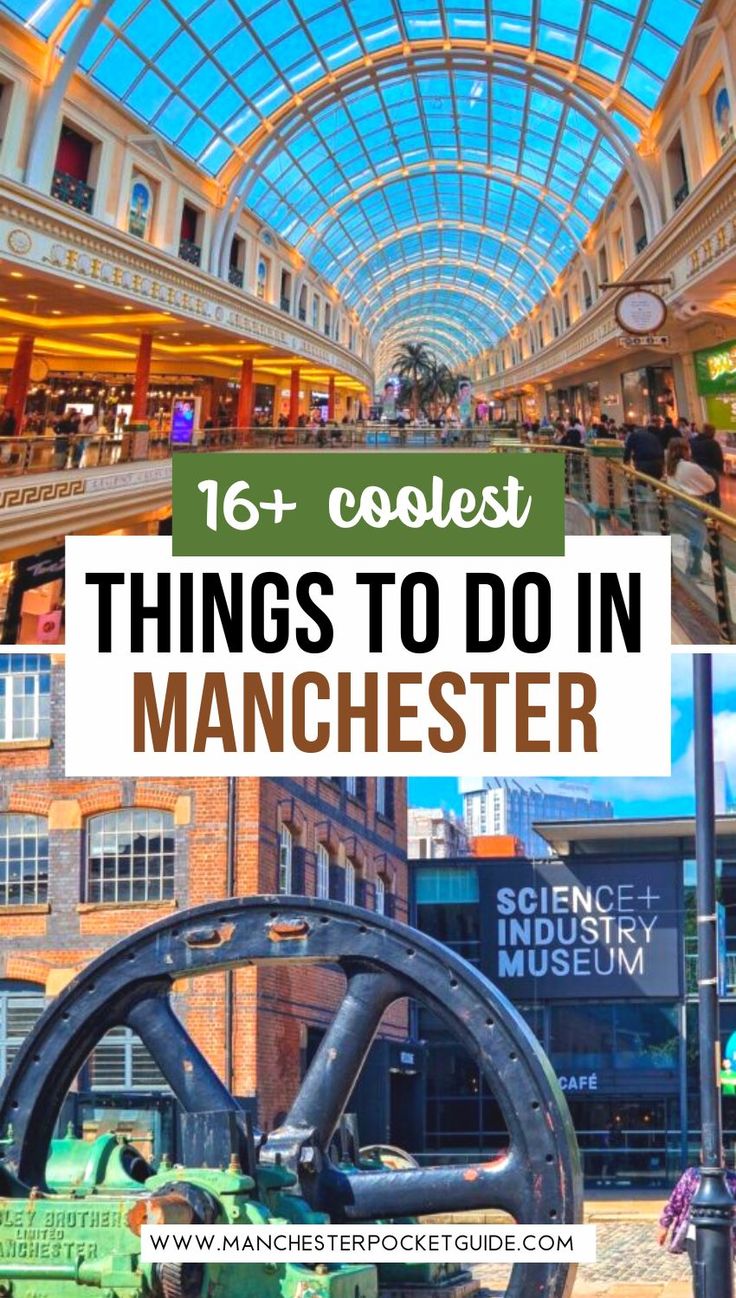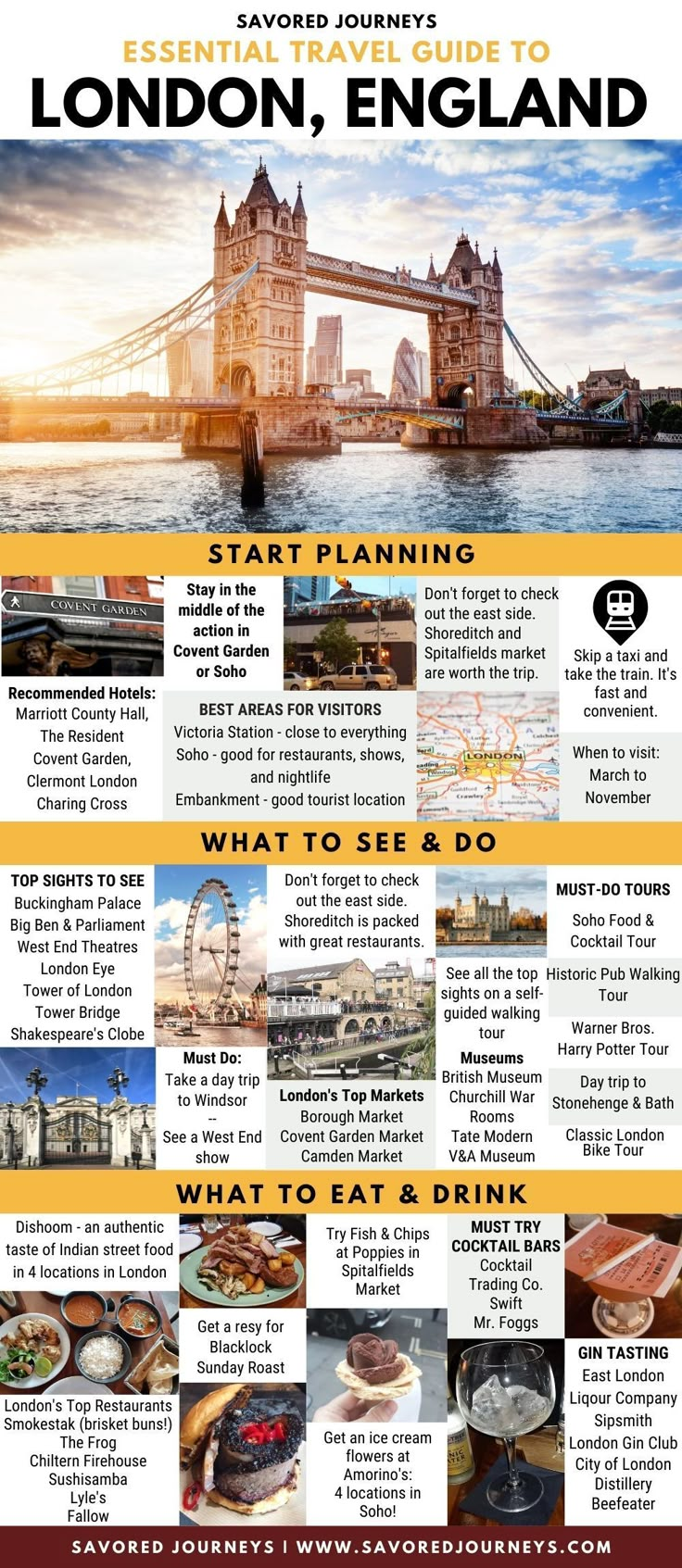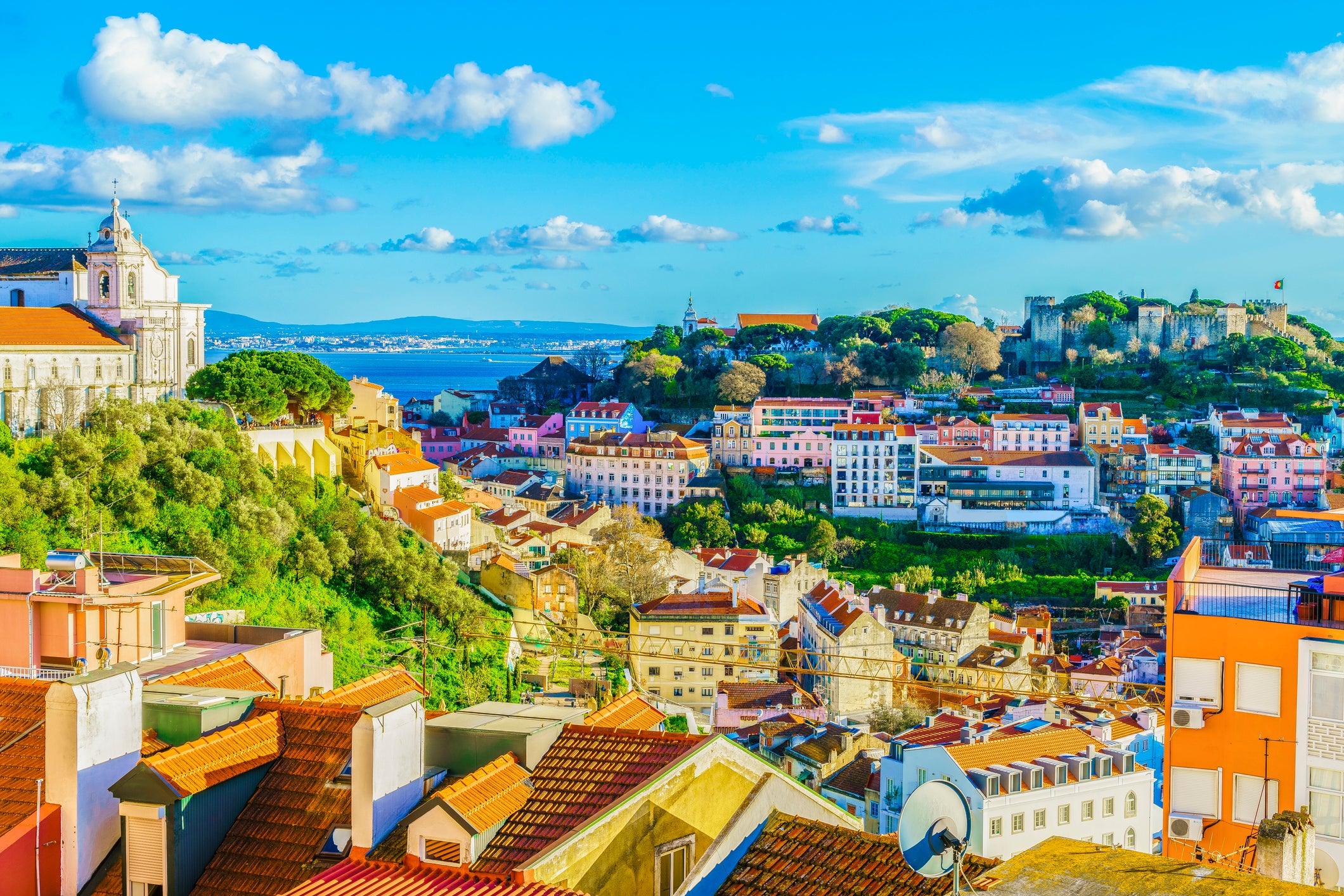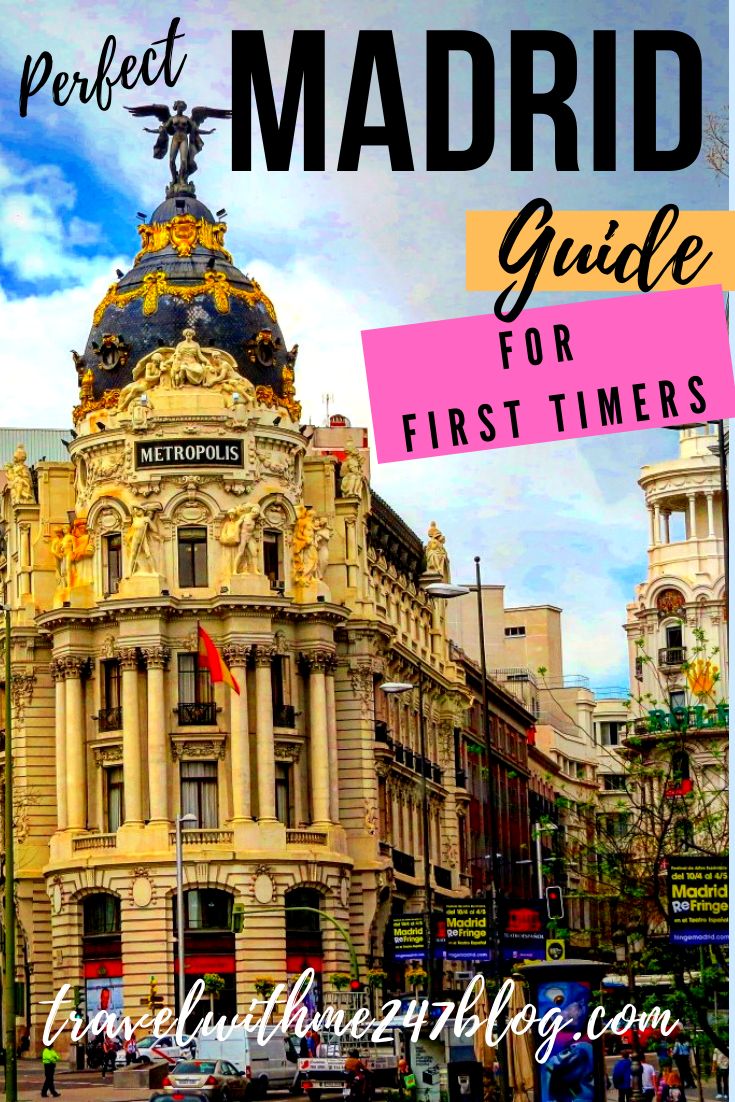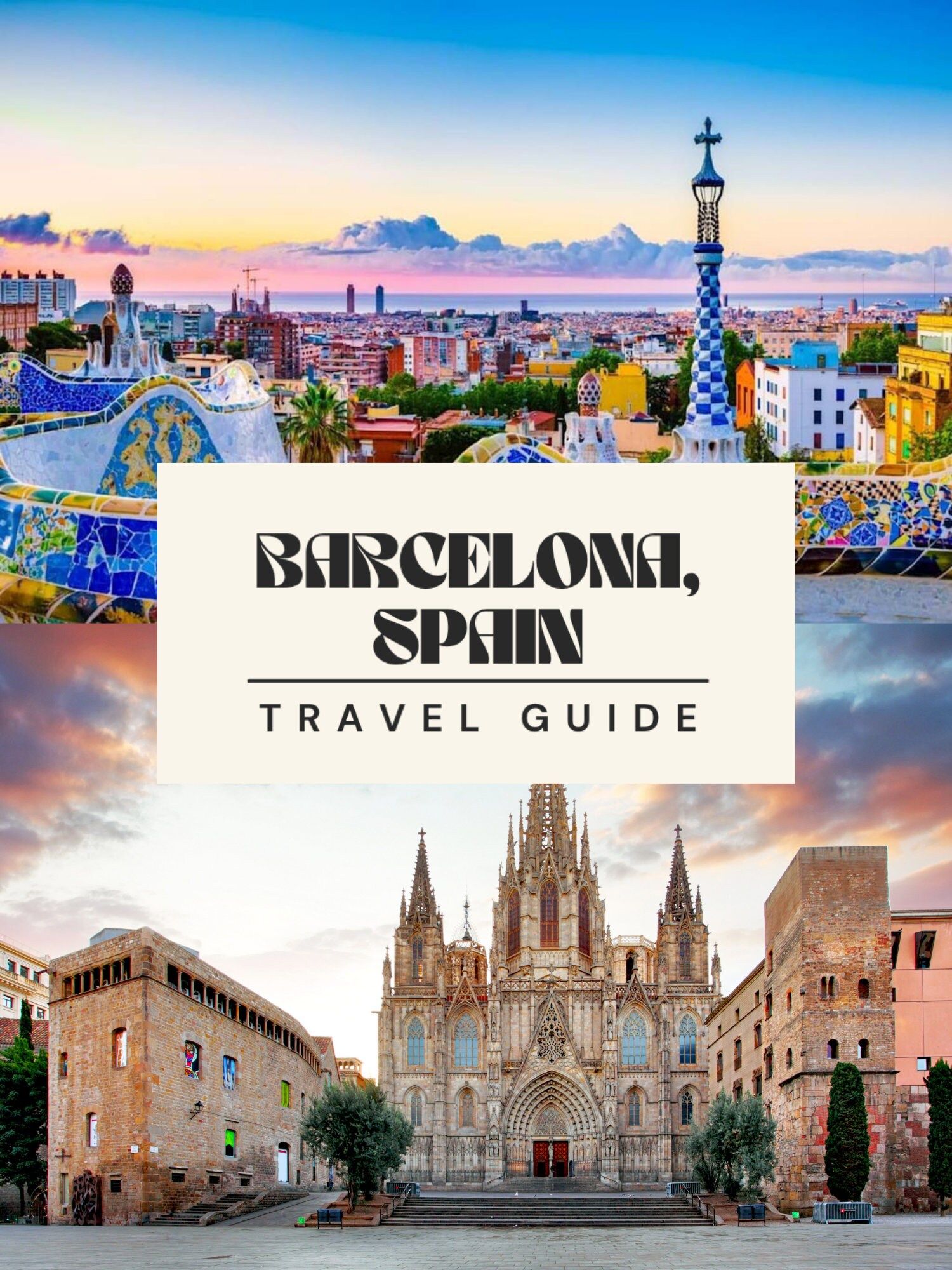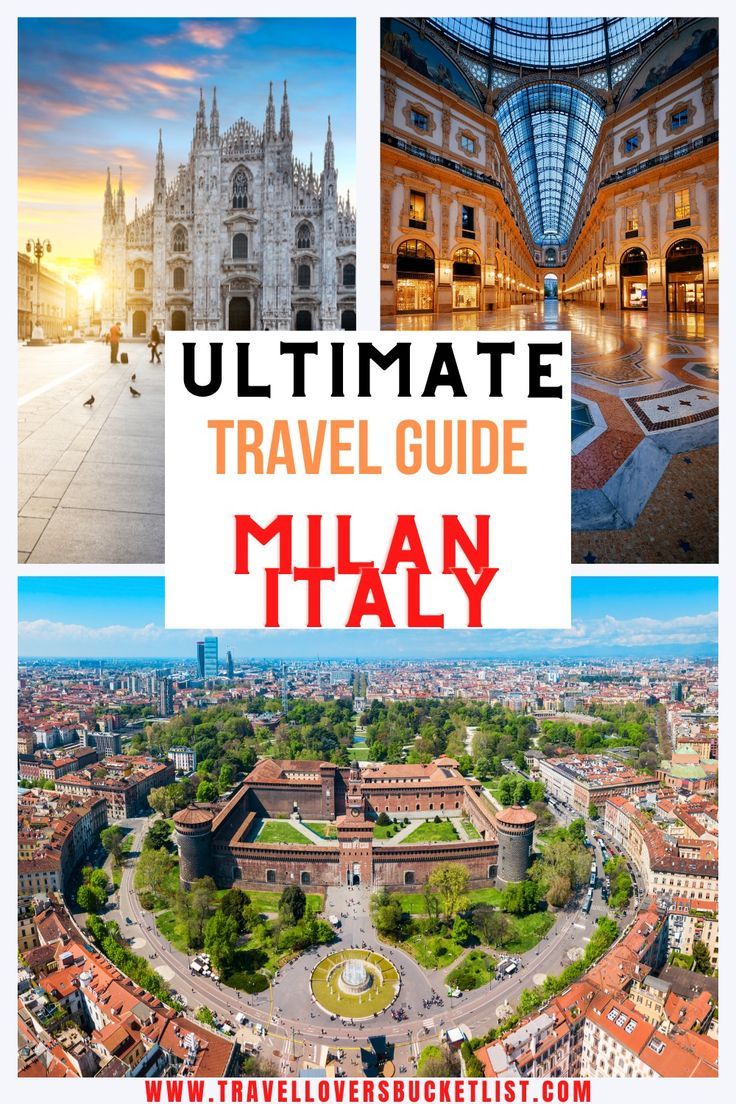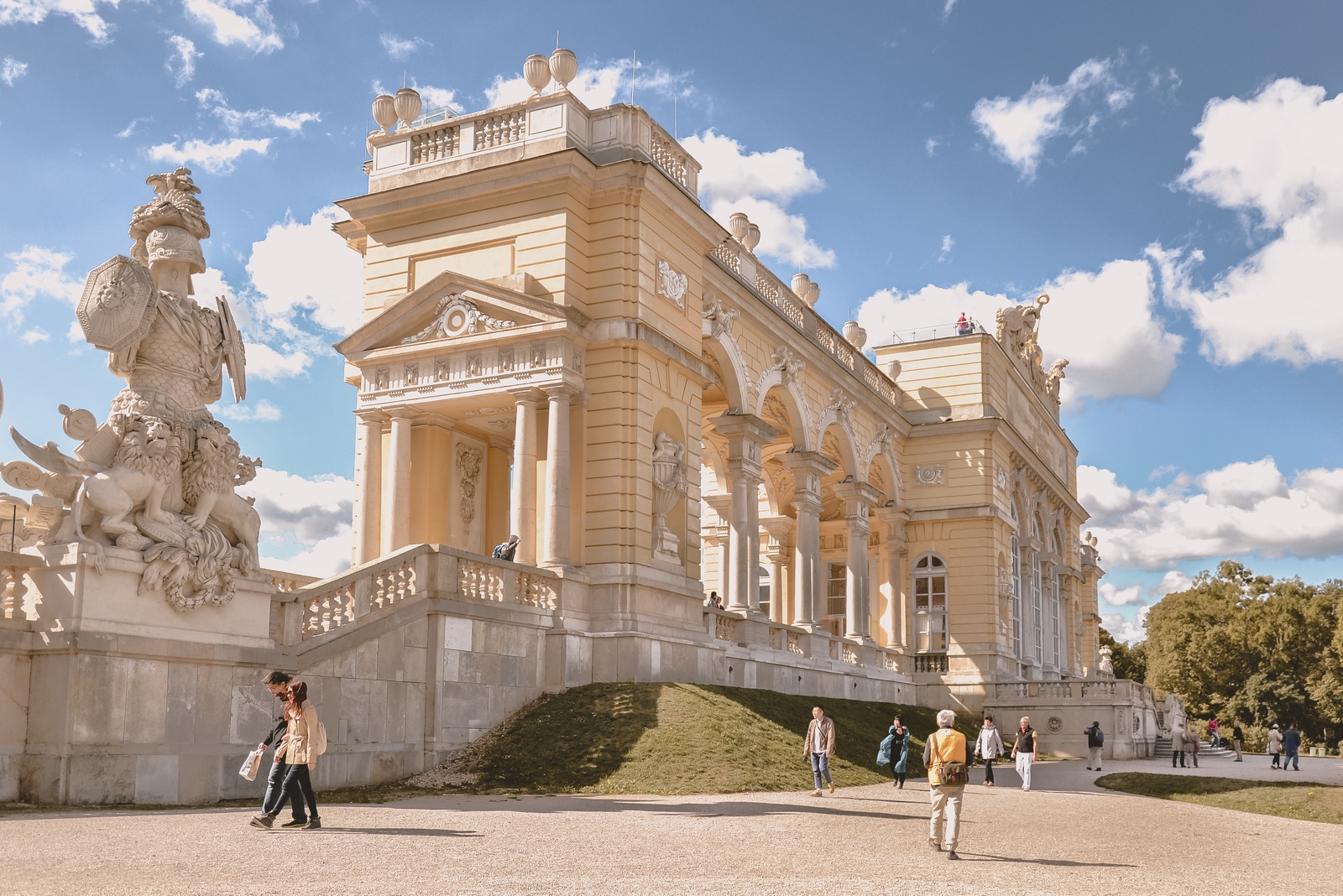
Vienna, the magnificent capital of Austria, is a city that effortlessly weaves its illustrious past with a vibrant present. Once the heart of the mighty Habsburg Empire, it continues to exude an air of imperial grandeur, evident in its opulent palaces, majestic cathedrals, and grand boulevards. Yet, beneath this veneer of historical majesty, Vienna pulses with a contemporary energy, boasting world-class museums, a thriving culinary scene, and a quality of life that consistently ranks among the highest globally. For any discerning traveler, Vienna offers a journey through time, a feast for the senses, and an unforgettable cultural experience.
A Glimpse into Vienna’s Illustrious Past
Vienna’s history is as rich and intricate as the Baroque ornamentation adorning its buildings. Its roots stretch back to Roman times, when it was known as Vindobona, a military camp guarding the empire’s frontier. However, it was the ascent of the Habsburg dynasty in the 13th century that truly set Vienna on its path to becoming one of Europe’s most significant cities. For over six centuries, the Habsburgs ruled from Vienna, transforming it into the imperial capital of the Holy Roman Empire and, later, the Austro-Hungarian Empire.
Related Articles about Vienna: A Symphony of Imperial Grandeur and Modern Charm:
- La Dolce Vita: Unveiling the Timeless Charms and Top Experiences of Italy
- Unveiling the Majesty of Peru: A Journey Through History, Culture, and Adventure
- Cambodia: A Jewel of Southeast Asia – Your Comprehensive Travel Guide
- Seychelles: Where Paradise Unfolds – A Journey Through History, Beauty, and Unforgettable Experiences
- Cambodia: A Tapestry of Ancient Wonders, Resilient Spirit, and Culinary Delights
This prolonged period of imperial rule fostered an unparalleled artistic and intellectual flourishing. Vienna became the undisputed capital of classical music, home to titans like Mozart, Beethoven, Schubert, Haydn, and the Strauss family, whose melodies still resonate through its concert halls. Beyond music, Vienna was a hotbed of intellectual ferment, giving birth to psychoanalysis through Sigmund Freud, pioneering economic theories from the Austrian School, and housing revolutionary architectural movements. The city’s coffee houses became hallowed grounds for philosophers, artists, and writers to debate and create.
The decline of the Habsburg Empire after World War I, followed by the ravages of World War II and the subsequent Cold War era, saw Vienna navigate tumultuous times. Despite these challenges, the city meticulously rebuilt and preserved its architectural heritage, emerging as a neutral, modern European capital, a hub for international organizations, and a beacon of culture and elegance. Today, Vienna stands as a living testament to its storied past, inviting visitors to step into a bygone era while enjoying the comforts and innovations of the 21st century.
Unveiling Vienna’s Crown Jewels: Main Attractions
Vienna’s wealth of attractions is astounding, ranging from awe-inspiring imperial residences to world-class museums and charming public spaces. Each site tells a part of the city’s grand narrative.
1. Schönbrunn Palace: The former summer residence of the Habsburg emperors, Schönbrunn Palace is a UNESCO World Heritage site and an absolute must-visit. Its opulent Baroque architecture, sprawling formal gardens, the Gloriette arch offering panoramic city views, and even the world’s oldest continually operating zoo within its grounds, demand at least half a day to explore. Don’t miss the Imperial Apartments, where Empress Maria Theresia and Emperor Franz Joseph resided, offering a glimpse into their extravagant lives. The Schönbrunn Palace Children’s Museum also provides an engaging experience for younger visitors.
2. Hofburg Palace: Located in the heart of Vienna, the Hofburg was the imperial winter residence and the political center of the Habsburg monarchy for over 600 years. Today, it’s a vast complex housing numerous attractions. The Imperial Apartments provide an intimate look into the daily lives of Emperor Franz Joseph and his beloved Empress Elisabeth (Sisi). The Sisi Museum delves into the enigmatic life of the iconic empress, dispelling myths and revealing her complex personality. The Imperial Silver Collection showcases the extravagant dining culture of the court. Also part of the Hofburg are the Spanish Riding School, famous for its Lipizzaner horses and classical dressage performances, and the Austrian National Library, with its stunning State Hall.
3. Belvedere Palace: This magnificent Baroque complex consists of two palaces, Upper and Lower Belvedere, separated by a breathtaking Baroque garden. The Upper Belvedere houses the world’s largest collection of Austrian art, including Gustav Klimt’s iconic masterpiece, "The Kiss." The Lower Belvedere hosts temporary exhibitions and offers insight into the Baroque living quarters. The panoramic views of Vienna from the Upper Belvedere are also spectacular.
4. St. Stephen’s Cathedral (Stephansdom): A towering Gothic masterpiece, St. Stephen’s Cathedral is the spiritual heart of Vienna and one of its most recognizable landmarks. Its distinct tiled roof, soaring spire, and intricate façade dominate the city skyline. Visitors can climb the South Tower for breathtaking panoramic views of Vienna, descend into the catacombs, or simply marvel at the stunning interior and its rich history.
5. MuseumsQuartier (MQ): One of the largest cultural complexes in the world, the MuseumsQuartier is a vibrant hub where Baroque buildings meet modern architecture. It houses several major museums, including the Leopold Museum (featuring Egon Schiele and Austrian Modernism), the MUMOK (Museum of Modern Art Ludwig Foundation Vienna), and the Kunsthalle Wien. Beyond the museums, the MQ is a lively public space with cafes, restaurants, and shops, popular with locals and tourists alike.
6. Kunsthistorisches Museum (Art History Museum): Facing its twin, the Natural History Museum, across Maria-Theresien-Platz, the Kunsthistorisches Museum is one treasure trove for art lovers. Its vast collections include masterpieces by Bruegel, Raphael, Rembrandt, Vermeer, and Velázquez, primarily from the Habsburg imperial collection. The building itself is an architectural marvel.
7. Vienna State Opera (Wiener Staatsoper): One of the world’s leading opera houses, the Vienna State Opera is a symbol of the city’s musical heritage. Even if you don’t attend a performance, a guided tour offers a fascinating look behind the scenes of this magnificent neo-Renaissance building. Standing room tickets are also an affordable way to experience a world-class opera or ballet.
8. Prater & Wiener Riesenrad: The Prater is a vast public park and amusement area. Its most famous attraction is the Wiener Riesenrad, a historic Ferris wheel that offers stunning views of the city. Beyond the rides, the Prater offers extensive green spaces perfect for cycling, jogging, or a leisurely stroll.
9. Karlskirche (St. Charles Church): A breathtaking Baroque church, Karlskirche is an architectural triumph, featuring a magnificent dome and two colossal columns inspired by Trajan’s Column in Rome. Its opulent interior is a sight to behold, and a panoramic lift takes visitors up to the dome for closer inspection of the frescoes.
10. Hundertwasserhaus: For a stark contrast to Vienna’s imperial architecture, visit the Hundertwasserhaus. Designed by the eccentric artist Friedensreich Hundertwasser, this vibrant apartment building features undulating floors, trees growing from windows, and a complete absence of straight lines. It’s a whimsical, colorful, and utterly unique piece of functional art.
Savoring Viennese Delights: Local Food
Vienna’s culinary scene is a delicious blend of imperial traditions and modern influences. Eating in Vienna is an experience in itself, particularly its renowned coffee house culture.
- Wiener Schnitzel: The undisputed king of Viennese cuisine. This thin, breaded, pan-fried veal cutlet is traditionally served with potato salad or lingonberry jam. A must-try!
- Sachertorte: A decadent chocolate cake with a thin layer of apricot jam, coated in dark chocolate icing. Best enjoyed with a dollop of unsweetened whipped cream. The Hotel Sacher claims to have the original recipe.
- Apfelstrudel: A classic Austrian pastry, thinly rolled dough filled with spiced apples, raisins, and sometimes nuts. Delicious warm with vanilla sauce or ice cream.
- Kaiserschmarrn: A fluffy, shredded pancake, often caramelized, served with fruit compote (usually apple or plum). It’s a hearty, sweet dish, perfect for breakfast or dessert.
- Tafelspitz: Boiled beef, typically served with horseradish, apple sauce, and various root vegetables. A surprisingly elegant and flavorful dish once favored by Emperor Franz Joseph.
- Würstelstand: For a quick, authentic street food experience, grab a sausage from a Würstelstand. Choices include Käsekrainer (cheese-filled), Bratwurst, or Bosna, served with mustard and a roll.
- Coffee House Culture: Vienna’s coffee houses are UNESCO-recognized intangible cultural heritage. They are more than just places to drink coffee; they are extended living rooms, places to read, socialize, or simply contemplate. Order a Melange (Viennese cappuccino), an Einspänner (black coffee with whipped cream), or a Kleiner Schwarzer (espresso). Pair it with a slice of cake and savor the atmosphere.
- Heuriger: These traditional Viennese wine taverns (found mainly on the outskirts of the city, like Grinzing or Nussdorf) serve their own young wines, often accompanied by simple, rustic cold platters (Brettljausen). It’s a charming way to experience local culture and wine.
Navigating the Imperial City: Transportation Options
Vienna boasts an excellent, efficient, and user-friendly public transportation system, making it easy to explore the city.
- U-Bahn (Metro): The fastest way to get around, with five main lines covering most major attractions.
- Strassenbahn (Tram): Vienna’s tram network is extensive and offers a picturesque way to see the city, especially the Ringstrasse tram, which circles the historic city center.
- Bus: Complements the U-Bahn and tram networks, reaching areas not covered by rail.
- S-Bahn (Suburban Rail): Connects the city center with outer districts and the airport.
Tickets: Various ticket options are available, including single tickets, 24/48/72-hour passes, and weekly passes. The Vienna City Card offers unlimited public transport and discounts on attractions, while the Vienna Pass includes free entry to many attractions but does not cover transport (unless an add-on is purchased). Consider your itinerary to choose the best option.
Walking: Many of Vienna’s central attractions are within walking distance of each other, particularly within the Innere Stadt (First District). The Ringstrasse, a grand boulevard encircling the old town, is also pleasant to walk or cycle.
Airport Transfer: Vienna International Airport (VIE) is well-connected. The City Airport Train (CAT) offers a non-stop, 16-minute ride to Wien Mitte station. Cheaper alternatives include the S7 S-Bahn train or Vienna Airport Lines buses.
Practical Pointers for a Seamless Trip: Travel Tips
- Currency & Language: The currency is the Euro (€). German is the official language, but English is widely spoken in tourist areas, hotels, and restaurants.
- Vienna Pass vs. Vienna City Card: The Vienna Pass is best if you plan to visit many high-cost attractions and want to skip lines. The Vienna City Card is better for unlimited public transport and minor discounts. Do the math based on your itinerary.
- Book in Advance: For popular attractions like the Spanish Riding School, Schönbrunn Palace tours, or opera performances, especially during peak season, booking online in advance is highly recommended.
- Tipping Etiquette: Tipping is customary in restaurants and cafes (around 5-10%), taxis (round up to the nearest Euro), and for hotel services.
- Coffee House Etiquette: Take your time, don’t feel rushed, and enjoy the ambiance. It’s perfectly acceptable to order one coffee and read a newspaper for an hour or more.
- Comfortable Shoes: You’ll be doing a lot of walking, so prioritize comfortable footwear.
- Safety: Vienna is a very safe city, but always be aware of your surroundings and guard against pickpockets in crowded tourist areas.
The Perfect Time to Waltz In: Best Time to Visit
Vienna is a year-round destination, each season offering a distinct charm:
- Spring (April-May): Mild temperatures, blooming gardens (especially Schönbrunn), and fewer crowds than summer. Ideal for sightseeing and enjoying outdoor cafes.
- Summer (June-August): Warm and sunny, perfect for outdoor events, festivals, and enjoying the Prater. It’s peak tourist season, so expect larger crowds and higher prices. Temperatures can occasionally be hot.
- Autumn (September-October): Pleasant temperatures, beautiful golden foliage, and the grape harvest season in the surrounding wine regions. A fantastic time for exploring and enjoying the Heuriger.
- Winter (November-March): Magical, especially around Christmas with its enchanting markets and festive decorations. Experience imperial balls, classical concerts, and a cozy atmosphere. Expect cold weather and potential snow.
Finding Your Imperial Abode: Nearby Hotels
Vienna offers a wide range of accommodation options to suit every budget and preference.
- Innere Stadt (First District): The historic city center is ideal for luxury and boutique hotels, offering unparalleled access to major attractions, high-end shopping, and fine dining. Expect higher prices here.
- Ringstrasse Area: Hotels along or just off the Ringstrasse offer a blend of luxury and convenience, often with stunning views of the grand boulevards and historic buildings.
- Mariahilf & Neubau (6th & 7th Districts): Trendy and vibrant neighborhoods, popular for their boutique hotels, independent shops, and diverse restaurants. A great choice for those seeking a more local and artistic vibe.
- Leopoldstadt (2nd District): Located across the Danube Canal, this district offers a mix of modern and traditional hotels, close to the Prater and with good transport links to the city center. Often a good option for mid-range budgets.
- Wieden & Margareten (4th & 5th Districts): More residential areas with charming guesthouses and budget-friendly hotels, still well-connected to the city center by public transport.
From opulent five-star hotels like Hotel Sacher and Grand Hotel Wien to charming boutique stays and comfortable budget options, Vienna has an accommodation choice for every traveler.
Conclusion
Vienna is more than just a city; it’s an experience, a journey through centuries of art, music, and imperial splendor. From the grandeur of Schönbrunn and Hofburg palaces to the intellectual buzz of its coffee houses and the vibrant energy of the MuseumsQuartier, every corner of Vienna tells a story. Whether you’re captivated by classical music, mesmerized by Baroque architecture, or simply eager to indulge in a Wiener Schnitzel and Sachertorte, Vienna promises an unforgettable adventure. Prepare to be enchanted by its elegance, educated by its history, and embraced by its charm – Vienna truly is a symphony for the soul, waiting to be explored.
